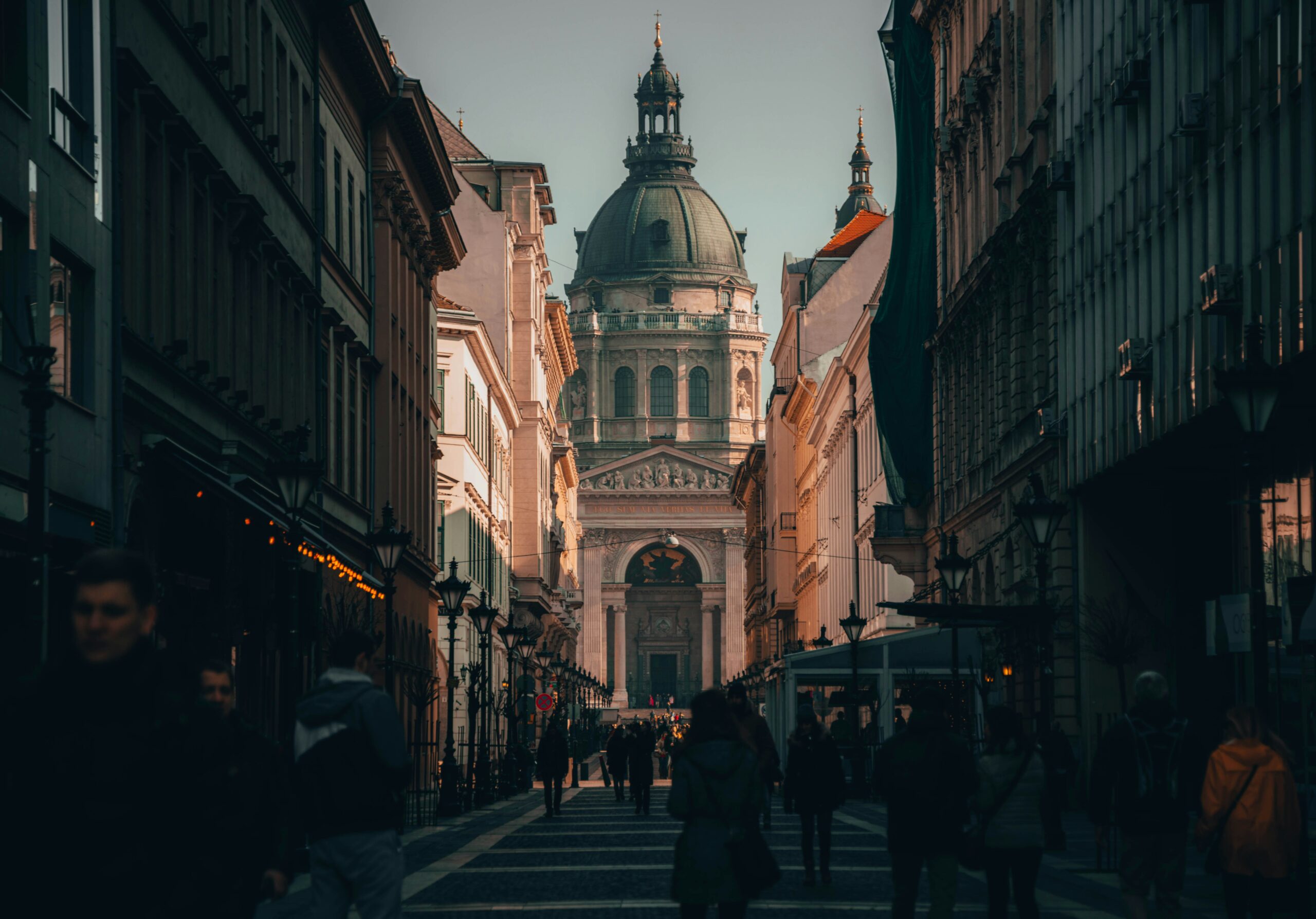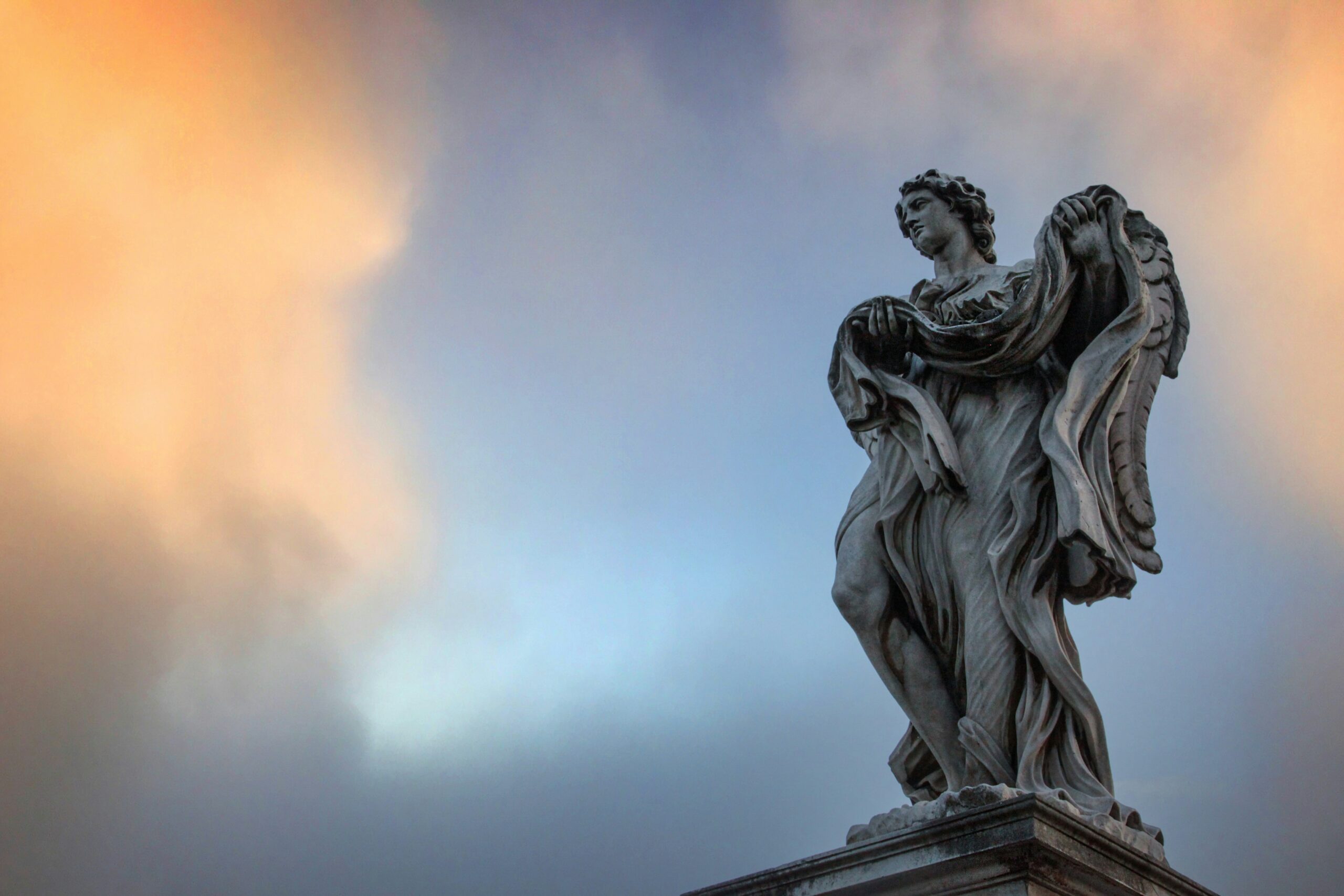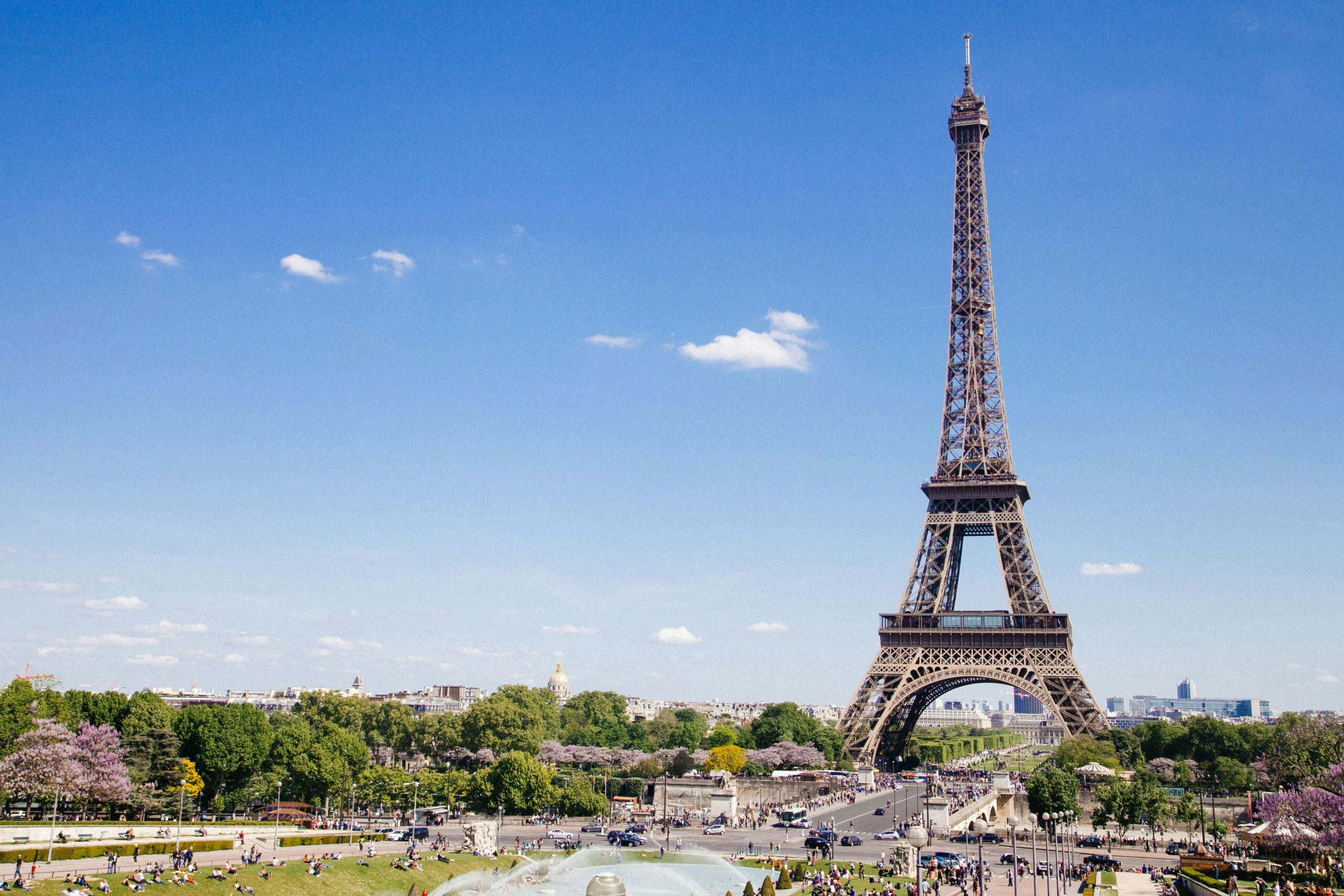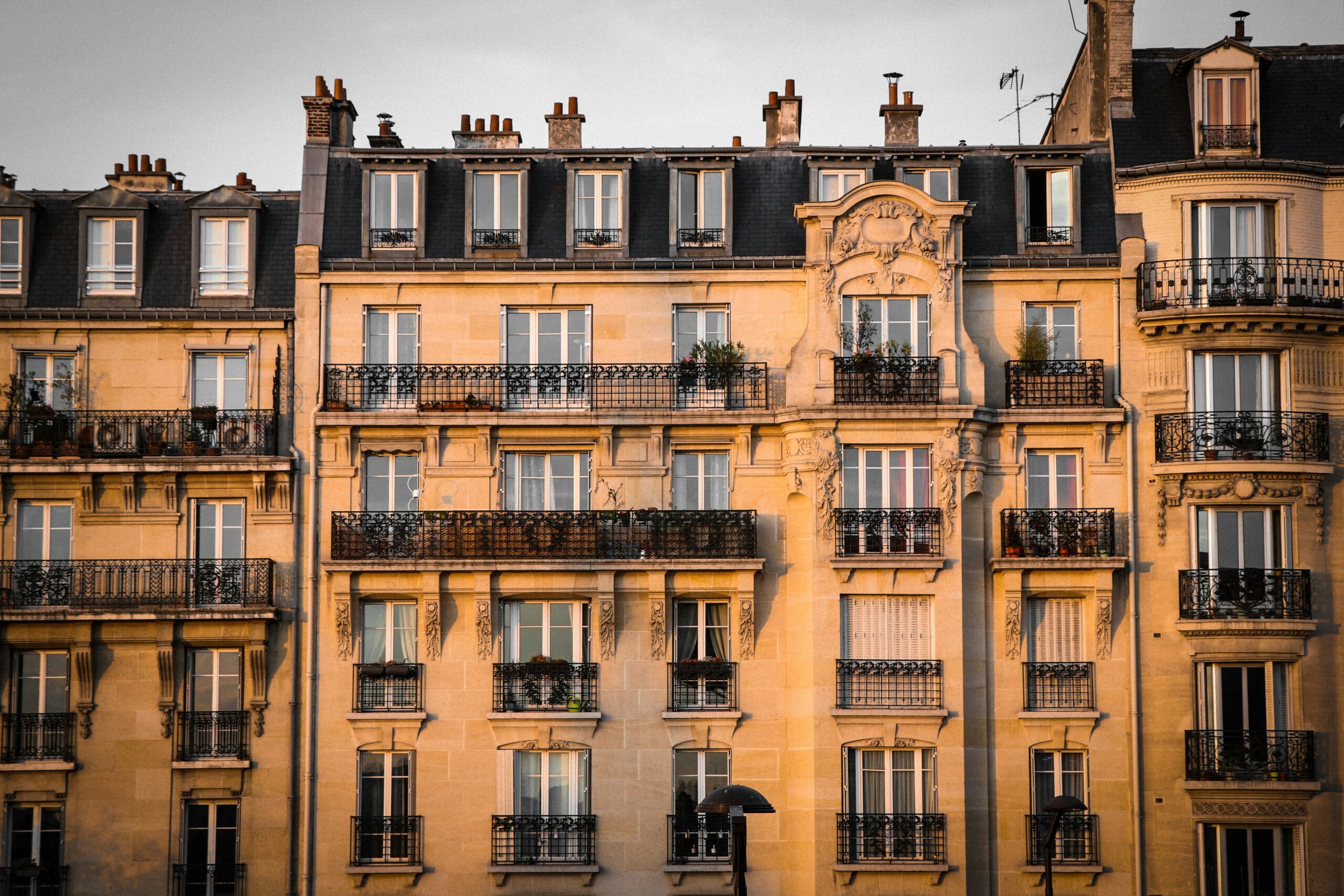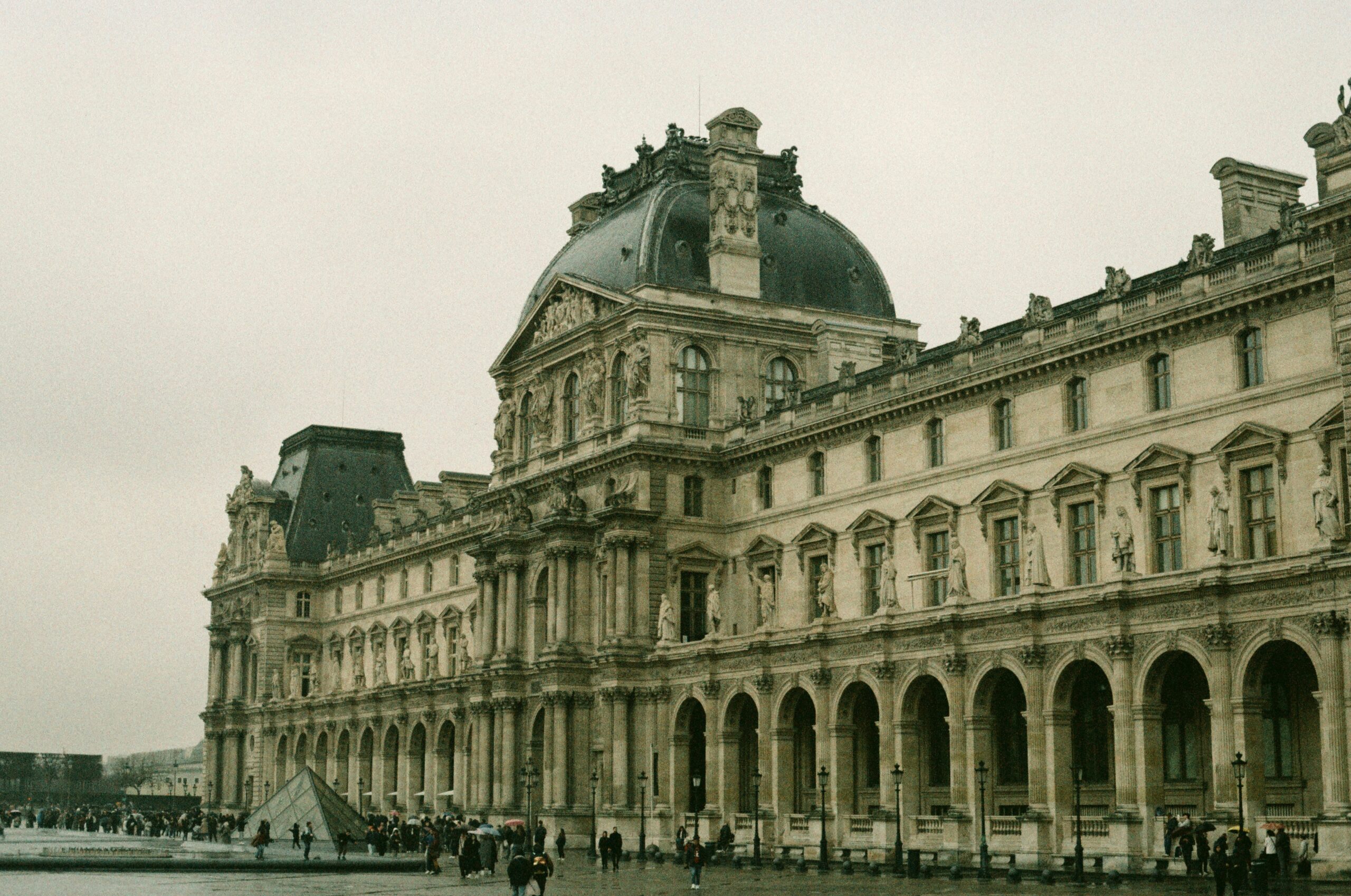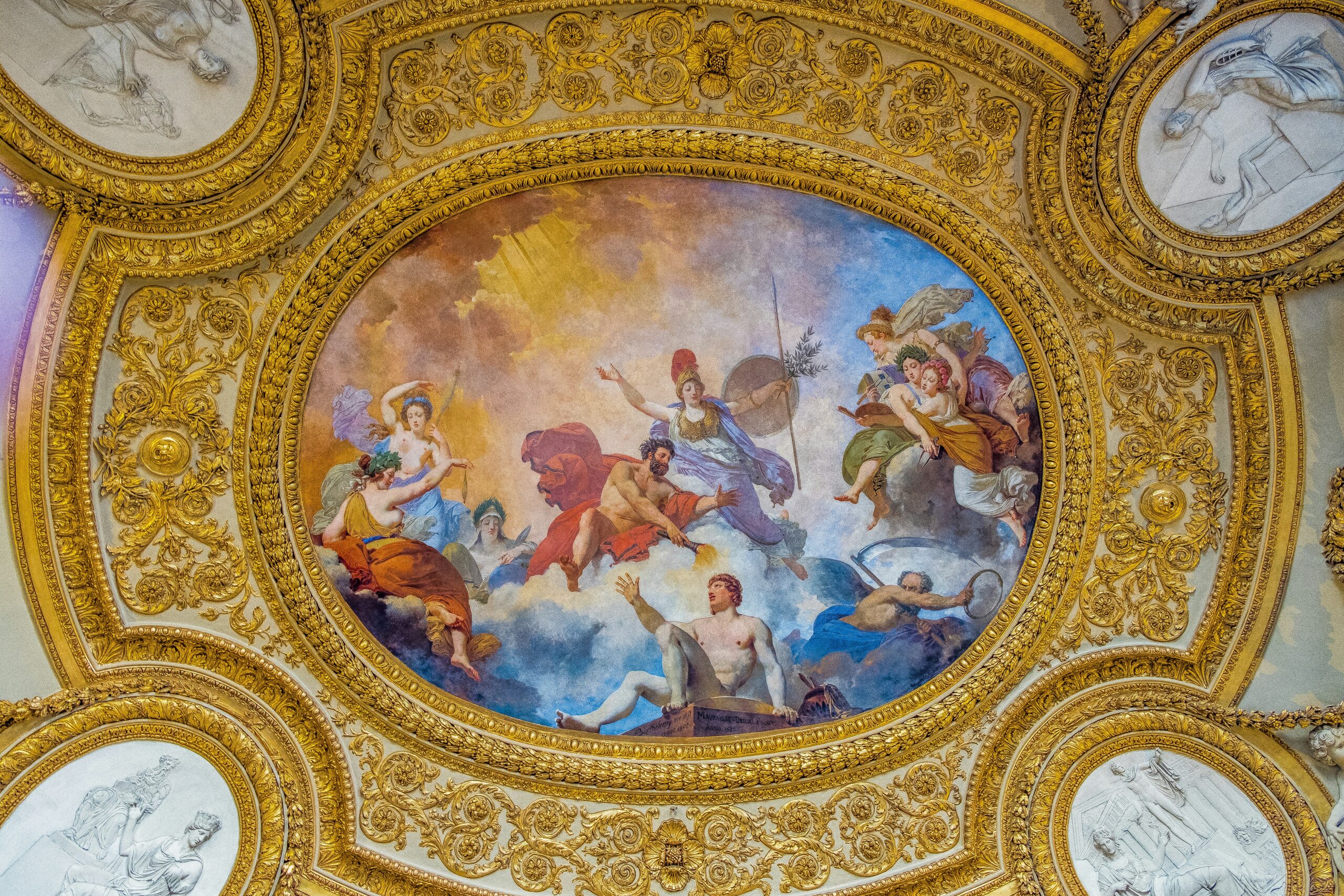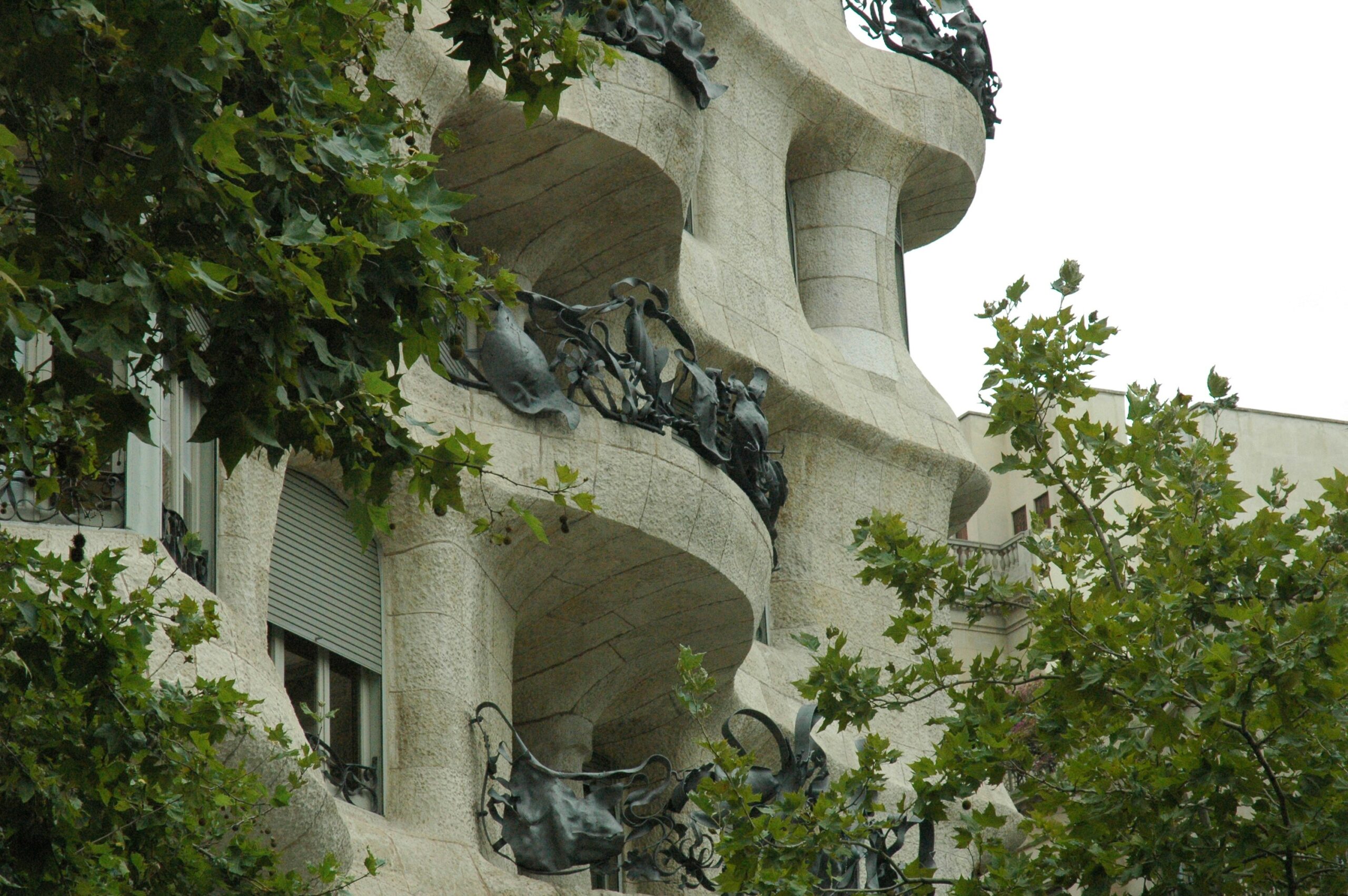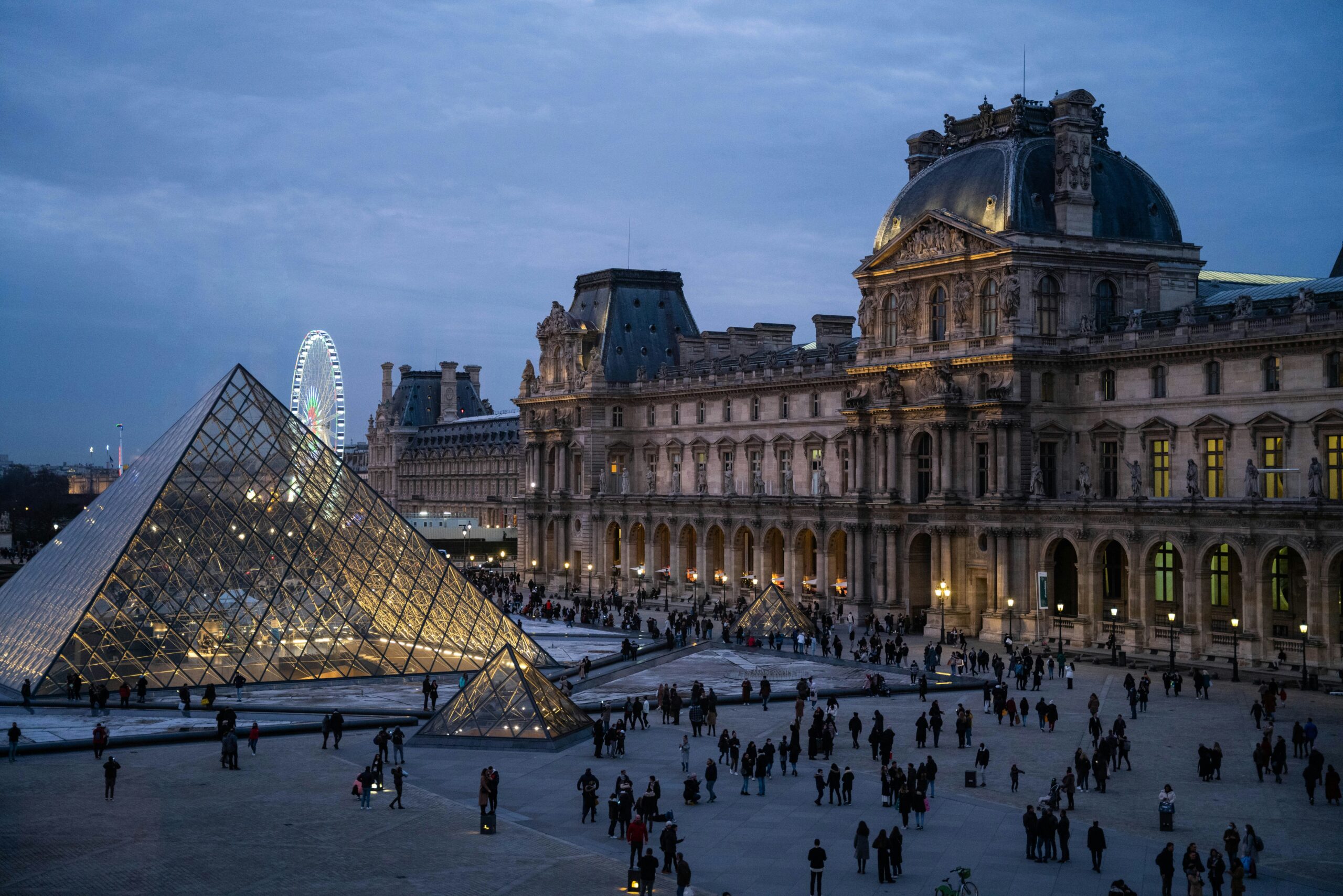Who Created French Architecture?
Who Created French Architecture?
Introduction
French architecture is one of the most celebrated and influential styles in the world, shaping landscapes and cities across Europe and beyond. From Gothic cathedrals to Haussmannian boulevards, the story of French architecture is deeply intertwined with the history, politics, and culture of France. But who actually created French architecture? Was it the monarchs who funded the grand projects, the architects who designed them, or the artisans and builders who brought them to life?
In this article, we’ll take a deep dive into the origins and evolution of French architecture, exploring the key figures and movements that shaped it.
- The Foundations of French Architecture: Ancient and Medieval Influences
Before France became the architectural powerhouse it is today, its architectural roots were shaped by the influences of the Romans and early medieval builders.
The Roman Influence
- The Romans brought aqueducts, amphitheaters, and basilicas to Gaul (modern France).
- Structures like the Pont du Gard (Roman aqueduct) and the Arènes de Nîmes (Roman amphitheater) showcase the durability and engineering prowess of Roman architecture.
- These early structures laid the groundwork for later French architectural advancements.
Medieval & Romanesque Beginnings (10th-12th Century)
- Early medieval architecture in France followed the Romanesque style, characterized by thick walls, small windows, and rounded arches.
- Notable architects and builders helped shape this early style, leading to masterpieces like the Abbaye de Cluny, one of the most important monastic sites in Europe.
- The Birth of Gothic Architecture: The Architects Who Changed the Game
If there’s one architectural style France is famous for, it’s Gothic architecture, which was actually invented in France in the 12th century.
Key Figures:
- Abbot Suger (1081-1151) – The visionary behind the first Gothic cathedral, Saint-Denis.
- Jean de Chelles and Pierre de Montreuil – Contributed to the development of Notre-Dame de Paris.
- Robert de Luzarches – Lead architect of Amiens Cathedral, a prime example of High Gothic.
Why Gothic Was Revolutionary
- Introduced flying buttresses, allowing for taller buildings with large stained-glass windows.
- Created iconic cathedrals, including Chartres, Reims, and Strasbourg.
- Spread throughout Europe, influencing architecture for centuries.
- The Renaissance & Baroque Eras: Royal Patronage Shapes Design
During the French Renaissance (15th-17th century), architectural styles shifted from Gothic to more symmetrical and classical designs.
Key Architects of the Renaissance & Baroque:
- Philibert de l’Orme – Designed Château d’Anet, one of the first Renaissance-style châteaux in France.
- André Le Nôtre – A landscape architect responsible for the gardens of Versailles, though he influenced palace architecture.
- Louis Le Vau, Jules Hardouin-Mansart, and Claude Perrault – The masterminds behind the Palace of Versailles, the pinnacle of French Baroque.
Notable Features of This Era:
- Elegant châteaux, including Château de Chambord and Fontainebleau.
- Opulent Baroque-style palaces, with Versailles being the most famous example.
- Emphasis on grandeur, symmetry, and rich ornamentation.
- The Neoclassical & Haussmannian Transformation: France Reinvents Itself
With the arrival of Neoclassicism (18th century), French architecture took inspiration from ancient Greece and Rome, emphasizing simplicity and grandeur.
Influential Architects:
- Jacques-Germain Soufflot – Designed Panthéon de Paris, a neoclassical masterpiece.
- Charles Percier & Pierre Fontaine – Created the Arc de Triomphe du Carrousel under Napoleon’s rule.
The Haussmannian Revolution (19th Century)
- Georges-Eugène Haussmann (not an architect, but an urban planner) transformed Paris under Napoleon III.
- Designed the wide boulevards, uniform apartment buildings, and grand public spaces that define Paris today.
- His influence spread across Europe and even inspired cities in the U.S.
- Art Nouveau, Modernism, and Contemporary Icons
The 20th and 21st centuries saw French architecture break from tradition while still honoring its past.
Art Nouveau & Art Deco (Early 20th Century)
- Hector Guimard – Designed the iconic Paris Métro entrances.
- Auguste Perret – A pioneer in the use of reinforced concrete.
Modern & Contemporary Architects
- Le Corbusier – One of the most influential architects in modernist history; designed Villa Savoye.
- Jean Nouvel – Designed Institut du Monde Arabe and Fondation Cartier.
- Dominique Perrault – Created the Bibliothèque Nationale de France.
These architects continue France’s legacy of pushing boundaries while preserving its rich architectural heritage.
Conclusion: The Collective Genius Behind French Architecture
So, who created French architecture? The answer isn’t just one person, but a blend of visionary architects, monarchs, urban planners, and artisans who evolved and refined styles over centuries.
From the Gothic pioneers to modernist trailblazers, each era in French history contributed something unique, making France a living museum of architectural brilliance.
Next time you stroll through Paris, explore a medieval cathedral, or marvel at a contemporary structure, remember—you’re witnessing centuries of passion, innovation, and artistic genius at work.

